- 2519
- 0
Sharing Ideas and Updates on LPG in Nigeria and related information to enable effective collaboration within the LPG Value Chain
Nigeria Targets 5 Million LPG Cylinders By 2030: Minister Flags Off North-West Clean Cooking Campaign In Sokoto.

In recent years, Nigeria has intensified efforts to transition from traditional biomass fuels to cleaner alternatives like Liquefied Petroleum Gas (LPG). This shift is rooted in the dual goals of improving public health and mitigating environmental degradation. A major milestone in this journey is the Federal Government’s recent launch of the North-West zone phase of its grassroots LPG penetration and cylinder distribution programme in Sokoto State. The initiative, spearheaded by the Minister of State for Petroleum Resources (Gas), Ekperikpe Ekpo, targets the distribution of 5 million LPG cylinders by 2030, with the ambitious goal of converting 1 million Nigerian households annually to clean cooking fuels.
The campaign, first unveiled in Abuja in May 2024, has since expanded to the South-West, South-South, and North-East zones. It is more than a policy directive; it is a comprehensive strategy to safeguard the health of women and children, reduce Nigeria’s dependency on firewood and charcoal, and create economic opportunities across the LPG value chain. However, the critical question remains: does Nigeria possess the infrastructure and manufacturing capacity to meet this 5-million-cylinder target? Moreover, how does Nigeria’s LPG market compare with those of other developing nations?
To answer these questions, it is important to understand Nigeria’s current position. Despite its massive population of over 220 million people and abundant natural gas reserves, Nigeria is estimated to have only around 2 million LPG cylinders currently in circulation. This figure is woefully inadequate when compared with other nations. India, with a population of approximately 1.4 billion, has over 350 million LPG cylinders in use. Indonesia, with 275 million people, has distributed about 105 million cylinders, while Bangladesh has circulated an estimated 30 million cylinders for its 170 million citizens. By comparison, Nigeria’s penetration rate is extremely low, standing at roughly 0.009 cylinders per person, compared to India’s 0.25 and Indonesia’s 0.38.
Fortunately, the production capacity to bridge this gap already exists within the country. Techno Oil’s cylinder manufacturing plant in Enugu is capable of producing up to 5 million units per year. Additionally, Rungas Group, in partnership with the Nigerian Content Development and Monitoring Board (NCDMB), operates a composite cylinder manufacturing facility projected to produce 1.2 million units annually. If supported through favourable policies and consistent demand, these manufacturers could comfortably meet or even exceed the government’s 5-million target before 2030.
Furthermore, the move towards composite cylinders which are lighter, safer, non-corrosive, and easier to handle, this presents a forward-thinking solution to the country’s LPG safety and adoption challenges. These cylinders are particularly beneficial for women, the elderly, and rural dwellers who often face difficulty handling traditional steel cylinders. Encouraging the transition to these modern alternatives could significantly accelerate user acceptance and reduce accident risks, especially in underserved communities.
The broader implications of the cylinder distribution programme are multifaceted. At a household level, the use of LPG dramatically reduces indoor air pollution, which has been linked to over 100,000 deaths annually in Nigeria, mostly among women and children. Economically, the programme is designed to stimulate job creation from cylinder production to distribution, retail, and maintenance. Environmentally, it supports Nigeria’s commitment to reducing deforestation, mitigating greenhouse gas emissions, and achieving its climate goals under international agreements.
Nevertheless, these ambitions will be difficult to realise without proper monitoring, financing, and sustained political will. One of the main challenges lies in ensuring that distributed cylinders are actually used, refilled safely, and maintained. This will require a holistic value chain approach including consumer education, market access, and affordable gas pricing. It is also crucial to examine the role of the private sector in this transition. Companies such as BUA Group, which is sponsoring the Sokoto distribution, have a critical role to play. Their involvement must go beyond sponsorship and extend to supply chain support, distribution logistics, and capacity building. Likewise, regulatory agencies and local governments must work together to ensure that cylinders meet safety standards, are adequately tracked, and reach the intended users.
At LPG in Nigeria, we are committed to supporting this mission. Our platform gathers real-time data on gas prices, monitors usage trends, and shares insights from industry stakeholders. We believe that informed citizens and businesses are essential to achieving energy inclusion. Through our communities on WhatsApp, Facebook, and X (formerly Twitter), we actively promote clean cooking solutions and engage with both policymakers and consumers.
Hence, Nigeria’s 5-million-cylinder target is both ambitious and achievable. With existing production capacity, increasing political will, and rising public awareness, the goal is within reach. However, the journey must be guided by data, sustained investment, and community engagement. If these elements are aligned, this programme could serve as a model for energy transition across the African continent.




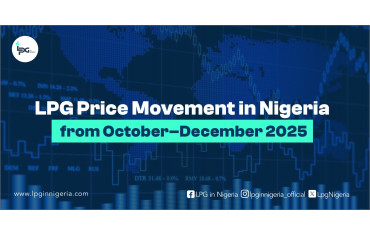
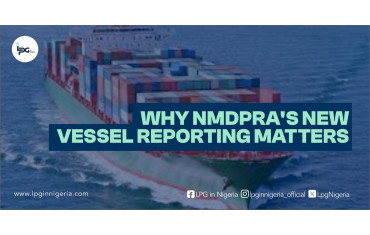
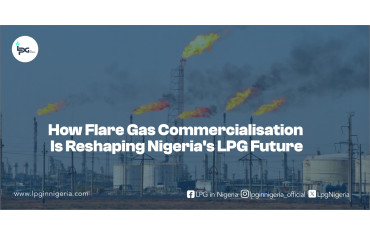

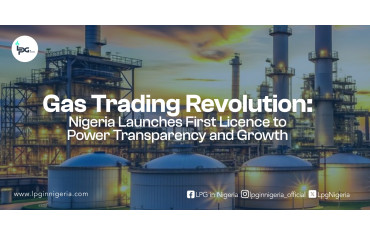
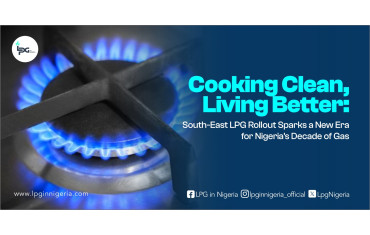
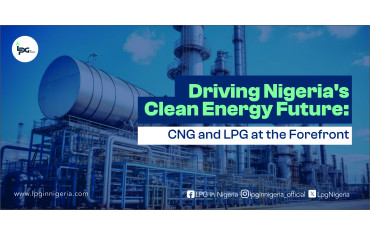
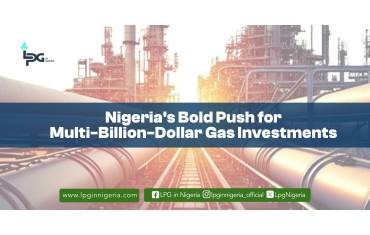

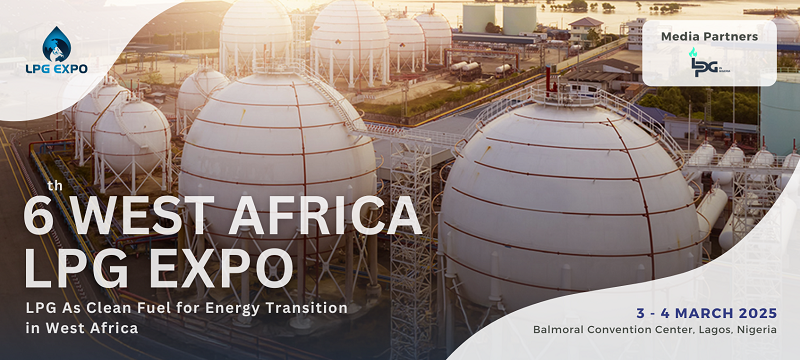

0 Comment.